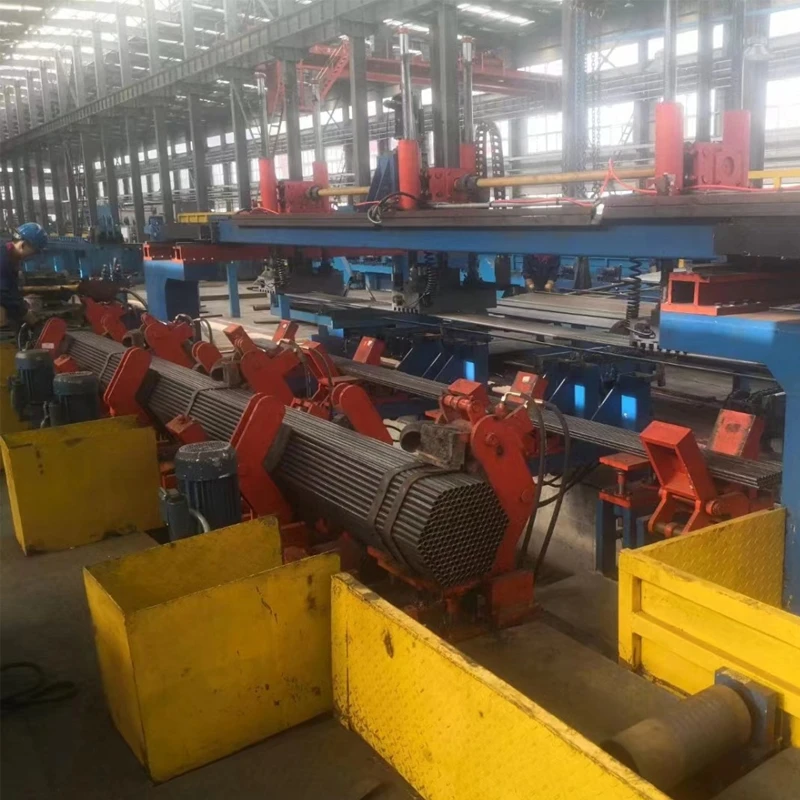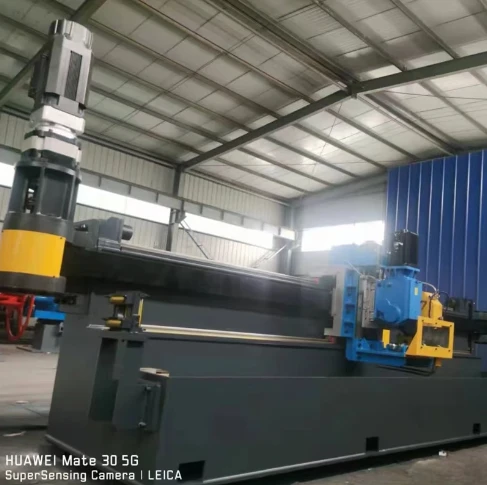Custom Aluminum Roll Forming Services Precision & Durability
- Understanding Aluminum Roll Forming: Precision and Efficiency
- Technical Advantages Over Traditional Methods
- Comparing Leading Manufacturers in Roll Forming
- Custom Solutions for Diverse Industrial Needs
- Case Studies: Real-World Applications
- Material Selection: Sheets vs. Extrusions
- Why Aluminum Roll Forming Dominates Modern Manufacturing

(aluminum roll forming)
Understanding Aluminum Roll Forming: Precision and Efficiency
Aluminum roll forming has revolutionized metal fabrication, offering 95% material utilization rates compared to 75% in CNC machining. This cold-forming process shapes aluminum sheets or extrusions through sequential rollers, achieving tolerances as tight as ±0.005 inches. Automotive manufacturers report 30% faster production cycles when switching to roll-formed aluminum components versus stamped alternatives.
Technical Advantages Over Traditional Methods
Modern roll forming lines operate at speeds exceeding 120 feet/minute, with automatic punching stations achieving 60 strokes/minute. Key benefits include:
- 15% lower energy consumption than hot-forming processes
- Consistent wall thickness across complex cross-sections
- Surface finish quality Ra ≤ 0.8 µm without secondary processing
Comparing Leading Manufacturers
| Manufacturer | Cost Efficiency | Tolerance (±) | Customization | Speed (ft/min) |
|---|---|---|---|---|
| PrecisionForm Inc. | $0.18/linear ft | 0.003" | Full | 150 |
| AluFab Solutions | $0.22/linear ft | 0.005" | Modular | 120 |
| RollTech Masters | $0.25/linear ft | 0.002" | Limited | 180 |
Custom Solutions for Industrial Needs
Advanced systems handle material thickness from 0.020" to 0.250", with profile complexity up to 15 bends per cross-section. Aerospace clients utilize specialized tooling for:
- Hemmed edges with 0.040" flange consistency
- Multi-channel thermal management profiles
- UV-resistant coating integration
Case Studies: Real-World Applications
Automotive: Reduced chassis component weight by 40% using 6063-T6 aluminum profiles
Construction: 25% faster curtain wall installation with pre-formed joints
Electronics: 18% improvement in heat dissipation with custom fin designs
Material Selection Guide
Roll forming accommodates various aluminum grades:
- 3003-H14 sheets: 21,000 psi yield strength
- 6061-T6 extrusions: 35,000 psi yield strength
- 5052-H32: Superior corrosion resistance
Why Aluminum Roll Forming Dominates Modern Manufacturing
With 15-year lifespan in harsh environments and 98% recyclability, roll-formed aluminum components deliver sustainable performance. The global market is projected to grow at 6.8% CAGR through 2030, driven by demand for lightweight structural solutions in transportation and renewable energy sectors.

(aluminum roll forming)
FAQS on aluminum roll forming
Q: What is aluminum roll forming?
A: Aluminum roll forming is a continuous manufacturing process where aluminum sheets or extrusions are shaped into specific profiles by passing them through a series of rollers. This method ensures precise, consistent cross-sectional shapes. It is widely used in industries like construction and automotive.
Q: What are the advantages of roll forming aluminum sheet?
A: Roll forming aluminum sheet offers high efficiency, tight tolerances, and the ability to produce complex shapes with minimal material waste. The process is ideal for creating lightweight, corrosion-resistant components. It also supports high-volume production runs.
Q: Can roll forming be used for aluminum extrusions?
A: Yes, roll forming aluminum extrusions is possible but typically focuses on shaping pre-extruded profiles into curved or angled forms. It complements extrusion processes to enhance design flexibility. This combination is common in structural and architectural applications.
Q: How does roll forming aluminum differ from other metal forming methods?
A: Unlike stamping or bending, roll forming aluminum uses progressive rollers to incrementally shape the material, reducing stress and improving consistency. It excels at producing long, uniform parts. The method is also cost-effective for large-scale projects.
Q: What industries commonly use roll forming aluminum?
A: Industries like aerospace, automotive, construction, and HVAC rely on roll forming aluminum for components like panels, frames, and trim. The process suits applications requiring durability and precision. Its versatility meets diverse structural and aesthetic needs.
-
Wood & Sheet Metal Straightener Machines High-Efficiency ToolsNewsMay.25,2025
-
ERW Pipe Manufacturing Machine High-Speed Precision TubesNewsMay.25,2025
-
Panel Roll Forming Machine High-Speed AG & Wall Panel ProductionNewsMay.24,2025
-
Roller Shutter Door Making Machine High-Speed & Precision DesignNewsMay.24,2025
-
High-Precision Shutter Plate Making Machine Steel Flattening & Hydraulic Cutting SolutionsNewsMay.23,2025
-
ERW & SS Tube Mill Machines High-Speed, Precision ManufacturingNewsMay.23,2025


